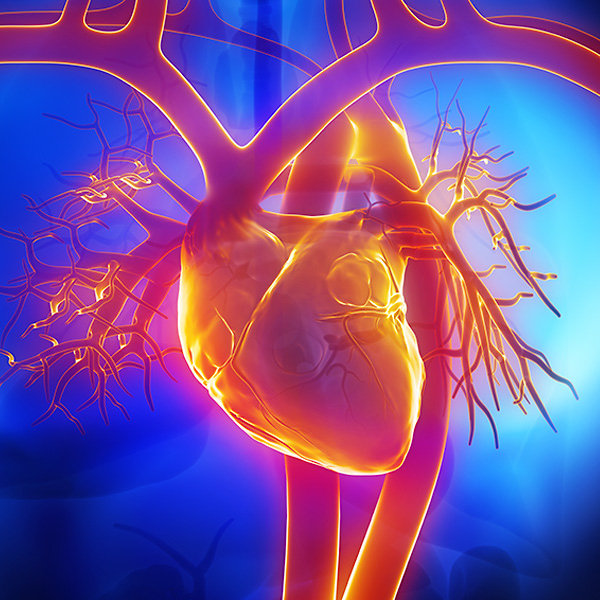Pulmonic Stenosis
Overview and Facts about Pulmonic Stenosis
Pulmonic stenosis, or pulmonary stenosis, is a heart defect present at birth and usually diagnosed in children. The pulmonary valve usually has three leaflets that work like a one-way door, allowing blood to flow forward into the pulmonary artery and not backward into the right ventricle. In pulmonic stenosis, an issue with the pulmonary valve leads to difficulty in regulating blood flow.
There are four different types of pulmonic stenosis:
- Valvar pulmonary stenosis: The valve leaflets are narrow and/or thickened.
- Supravalvar pulmonary stenosis: The area above the pulmonary artery is narrow.
- Subvalvar pulmonary stenosis: The muscle under the valve is thick and narrow, obstructing the outflow tract from the right ventricle.
- Branch peripheral pulmonic stenosis: The right, the left or both pulmonary arteries are narrow.
Signs and Symptoms of Pulmonic Stenosis
The most common signs and symptoms of pulmonic stenosis include:
- Heavy or rapid breathing
- Being short of breath
- Fatigue
- Rapid heart rate
- Swelling in the ankles, feet, face, eyelids or abdomen
Causes and Risk Factors of Pulmonic Stenosis
Pulmonic stenosis occurs due to improper development of the pulmonary valve during the earliest weeks of pregnancy. There is no clear cause for this heart condition, and most doctors believe it occurs due to chance. A family history of heart issues could make pulmonic stenosis more likely.
Tests and Diagnosis of Pulmonic Stenosis
The signs and symptoms of pulmonic stenosis are similar to those of other heart conditions, so getting a diagnosis as early as possible is essential for receiving proper treatment. Tests given by your doctor aim at identifying the condition. These tests can include:
- Electrocardiogram: Electrodes attached to the chest can detect the electrical activity of the heart and reveal abnormalities in blood flow.
- Echocardiogram: Sound waves recorded on an electronic sensor produce a moving picture of the heart and heart valves to evaluate structure and function.
- Imaging tests: Imaging tests such as X-rays can help check the state of heart health.
- Cardiogram catheterization: During this procedure, the doctor injects dye into the arteries through a catheter to try to determine what is interfering with heart function.
- Chest X-ray: X-rays provide imagery for the state of your lungs and heart. An MRI can accomplish this as well.
Treatment and Care for Pulmonic Stenosis
If pulmonary stenosis is mild, it usually does not require treatment. Moderate or severe stenosis is typically treated by repairing the faulty valve. Treatment options most appropriate for a child with pulmonary stenosis depend on a few factors, including:
- Age, overall health, and medical history
- Extent of the condition
- Tolerance for certain medications
Repair options focus on clearing the obstructed valve, placing patches to enlarge narrow areas, and removing scar tissue.

Request an Appointment
Loyola Medicine heart and vascular specialists have the experience and technology to treat the most difficult cardiac and vascular conditions. Schedule an appointment today.
Schedule a Telehealth Appointment
